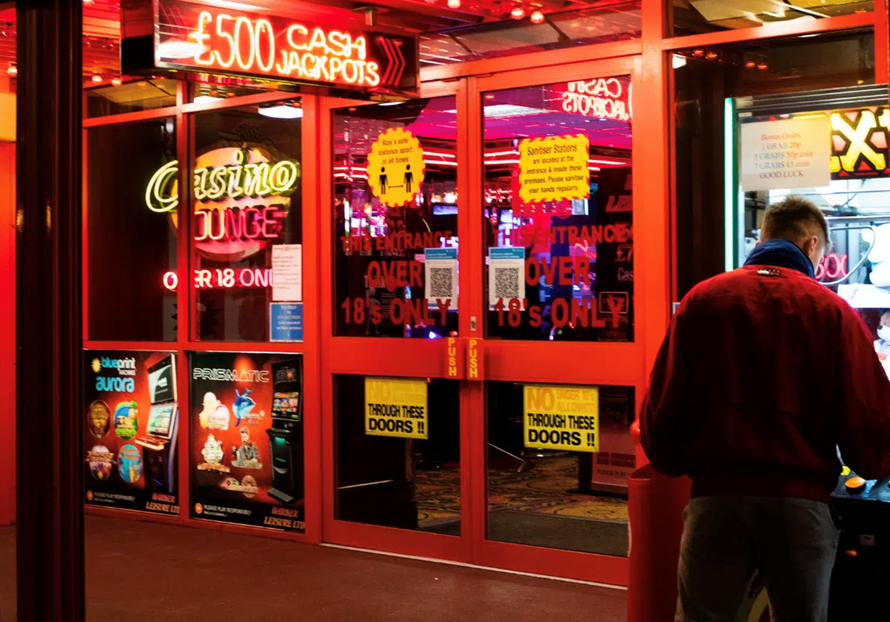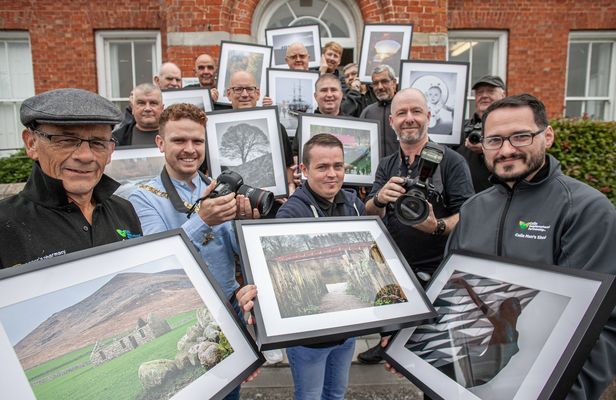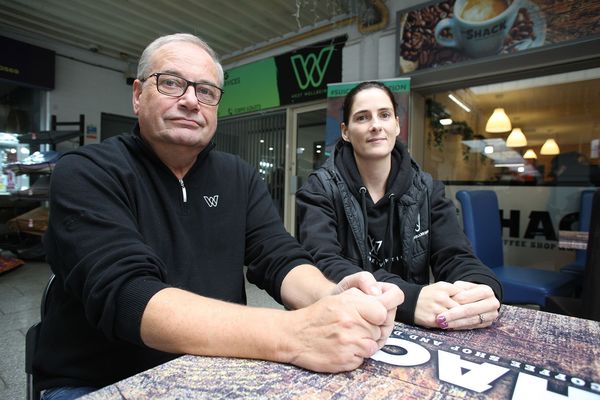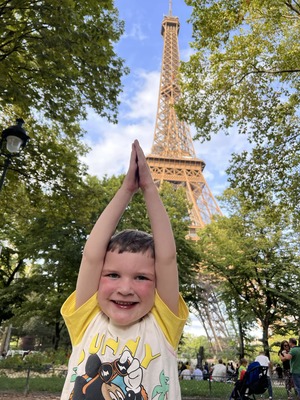NAOISE Ó Cairealláin’s debut play ‘Minimal Human Contact’ invites the audience inside the mind of a gambler and demonstrates the internal turmoil taking place within it.
Directed by Bríd Ó Gallchoir, the play at the Cultúrlann last week, was entirely as Gaeilge with English translation provided through headset. The one-man show is brought to life by Naoise’s highly descriptive writing. His words are profoundly honest and raw highlighting gambling addictions which to a large extent remain taboo today. This completely original play is like nothing ever seen before on stage.
Seán T Ó Meallaigh plays the character of Oisín, an agitated young man who is constantly on edge. We follow him on his journey to the casino, as his thoughts race uncontrollably at a rapid rate. We can feel Oisín’s desperation, he is hopeful – he needs to be. He has taken £300 from his mother which he needs to return before she notices, but he’s optimistic about his odds.
Emotions run high as Oisín enters the casino and the audience can feel the apprehension build. The chaos inside his mind runs rampant and we, as the audience, sit on the edge of our seats unable to tear away. The play demonstrates an imaginative use of technology as the set contains two screens used to bring the casino to life. The sounds of the casino echo the room and we are engulfed into a world where the bookies always win.
Seán T Ó Meallaigh’s superb, high standard of acting captures audiences, evoking a range of emotions. We long to help the character of Oisín; despite his poor decision-making we are sympathetic towards this young man. Simultaneously, we are agitated at the casino as they ply their customers with food and beverages, exploiting their addictive needs to stay playing.
Despite its short 45-minute duration, this show takes you on a rollercoaster journey at an incredibly fast-paced speed which is very unique to capture on a stage. The play ends with a reminder of the impact of gambling addictions highlighting when it is time to stop – stop.
Performed at both Dublin Fringe Festival and Belfast International Arts Festival, there can be no doubt that this is a play that needs to be seen on many more stages.






